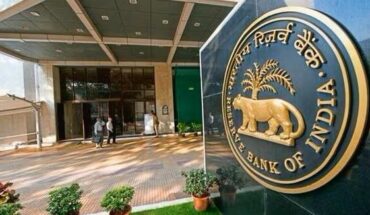Indian Space Research Organisation (ISRO), has got a new chairperson in S. Somanath, who heads the Vikram Sarabhai Space Centre (VSSC) at Thiruvananthapuram. He succeeds K. Sivan, who also came to head ISRO after having led the efforts at VSSC. Somanath is the third consecutive chairperson of ISRO to have a master’s degree in engineering from the Indian Institute of Science. It is to be seen if Somanath’s specific expertise in leading innovations in rocket engines, the cryogenic engine, for instance, will shape future developments at ISRO. If earlier the Mars Orbiter Mission, which broke the records for expense by costing just Rs 7 per kilometre, and Chandrayaan 2, had kept anticipation high, the new chairperson will oversee the unfurling of the human space flight programme — Gaganyaan. Another long-awaited mission is Aditya-L1. This has morphed and grown into what will be India’s grandest investment in space dedicated to science, specifically, solar physics. Taking a space observatory to the Lagrangian point one to study the Sun is yet another job. Somanath will also lead a transition in the stance of ISRO towards privatisation. Until a few years ago, ISRO had remained largely preoccupied with deriving socio-economic benefits from space technology. and applications that were used by the Government of India and some international collaborations. These ventures had a strong industry participation, but privatisation reforms have been pursued hard recently. In March 2019, the NewSpace India Limited (NSIL) was floated in. After that, the Indian National Space Promotion and Authorization Center was created in June 2020 — a channel through which non-governmental private enterprises can carry out space activities. The country’s imagination to get up to speed with other competing nations would be put to the test under the new leadership.





